Let's rewind to Hong Kong in the year 1997. Supposedly, when H5N1 left its terrifying mark, jumping from animal to human. The zoonotic event, which paved the ground for future action on what would eventually become One Health.
Because this story... smells a bit.
In fact, it drags the epic corruption of the World Health Organisation right onto centre stage, and calls into question who directs their policy - and why.
And all fully sourced. Let’s begin.
-
A 3 year old tragically passed away in May, 1997, having contracted an influenza-like illness. He was treated with salicylates, and passed away with complications consistent with Reye syndrome… which incidentally happens to be linked to salicylates.
Laboratory diagnosis identified samples being of influenza type A, but had to call on the international community, which confirmed that not only was said sample of type H5N1, but in fact, was very closely related to isolates from chicken, sampled from farms where thousands of chicken died by illness during summer.
However, though these results only arrived by August, and in spite of the child passing away prior to summer, surveillance was increased. Already by now, this timeline appears somewhat odd, chronologically.
By November, case counts increased in humans, and by late December, of the 17 confirmed cases, 5 fatalities were observed. All evidence of infection was in patients who had been near live chicken in the days before the onset of illness.
Is it just me, or does this come across remarkably strange?
I have found no reports of a similar increase in chicken around this time. No reports of mass death, nor higher incidence levels.
The first outbreak took place on a single farm, where all chicken died. Likely contaminant in my book.
Hong Kong is a city state, with a remarkably high population density. 17 cases over a month? If a highly infectious disease truly took off, that would appear a very, very small amount.
Given population density, coupled with the phrase ‘near live chicken’… how many people as part of the general population does that describe, exactly?
Especially given the fact that wet markets in 1994 accounted for 50% of all meat sales in Hong Kong.
Hong Kong, of course, was passed back to China at midnight, July 1, 1997. At the time, Margaret Chan served as the Director of Health in Hong Kong, and her decision was as prompt as brutal. With the stroke of a pen, she decided to cull all 1.6m chicken within Hong Kong, thereby establishing procedure which was later enscribed in pandemic preparedness plans, and carried out, as the world’s largest producer of mink furs - Denmark - slaughtered an entire industry on very questionable grounds.
Yes, really - ‘concerns that the potential of spillover to humans could reduce the efficacy of COVID-19 vaccines‘.
Given the circumstances of the Hong Kong case, assistance was undertaken via the World Health Organisation. And that’s where something else which smells… funny… rears its ugly head.
The investigations completed by August, and were carried out with help from Dutch and American colleagues, and references are conveniently supplied.
The Dutch team was very active in this regard, penning 3 papers for further study. And the titles themselves paint a pretty picture;
1997: A Pandemic Warning, published in Nature.
1998: Human influenza A H5N1 virus related to a highly pathogenic avian influenza virus, published in The Lancet.
1998: Human influenza virus A/Hong Kong/156/97 (H5N1) infection, published in Vaccine.
The Nature article can be found here. Let me just quote - ‘The contribution of the influenza A H5N1 virus infection to the child's disease, eventually leading to his death, is not yet clear‘.
In other words, no consideration of Reye syndrome, potentially triggered by the use of salicylates. In fact, that detail has been completely omitted from the article. No mention at all.
Furthermore, the article was released in October, 1997 - yet, per the original link, surveillance started in July? In fact - to quote the original article - ‘local capability was established to test for H5 subtype among human patients‘.
If the results were not yet in, how did they know for what to test?
A co-author of these papers is Osterhaus, or more specifically, Albert Osterhaus. He’s so important that he’s even got his own wikipedia article.
Supposedly known for his work on SARS and H5N1. Right. Well, and… something else.
Furthermore, he’s also served on a range of committees and boards, including four WHO reference centres.
… and the European Scientific Working Group on Influenza (ESWI).
Now, pardon my ignorance, but I’d never actually heard of them before, but here they are. They were founded in 1992; ‘ESWI is a partnership of these scientific experts, working in close collaboration with organisations of public health officials, healthcare professionals, and high-risk groups’.
In other words - they are there to protect us. Lucky us!
But what strikes me as somewhat odd is that there is no associated wikipedia article. None. For an organisation which supposedly consist of experts, who work in public health, and where said organisation has been around for 3 decades, that strikes me just a little bit weird.
So back to their website - under ‘Financial supporters’ we find this -
No, really. AstraZeneca, GlaxoSmithCline, Roche, Seqirus, Sanofi Pasteus. It’s funded by big pharma. Let’s have a look at their ‘Coalition partners’.
Let’s have a look at a few of those - here’s the ‘Immunisation Coalition’. Don’t know why I even bother clicking the link, the title itself gives it away. Let me feign surprise anyway, golly, they want you protected!
Do attempt to contain your shock when I show you who funds that organisation.
Next up - ‘Ready2Respond’. Oh look, who could possibly have predicted.
But what about the ‘US National Adult and Influenza Vaccine Summit‘? It’s just a get-together, no?
Yeah, about that…
… and I’m sure you can extrapolate from there…
Finally, ‘Vaccines Europe‘
Now, funding is not quite as readily available, probably to ensure that you’re protected from ‘misinformation’. But it does have a members page. Oh golly.
But let’s dig a bit deeper. So here’s a wayback revision from 2013. Yup, big pharma - ‘Vaccines Europe, formerly European Vaccine Manufacturers (EVM)‘. They basically renamed to omit that key detail. It is quite literally an organisation setup in the interests of big pharma.
But what’s also of interest is the date. They formed in 1991. Before the ESWI (1992).
There’s a bit further detail over here. Yeah, big pharma indeed.
Now, in April 1999 the World Health Organisation released a paper titled ‘Influenza Pandemic Plan. The Role of WHO and Guidelines for National and Regional Planning‘. Here’s a cached version, as the original obviously no longer is on the WHO’s site.
While the content of this paper is outside the scope of this substack article, I do wish to refer to the acknowledgements - ‘… prepared this document for the World Health Organization (WHO), in collaboration with the European Scientific Working Group on Influenza (ESWI).‘
Yes, really.
The 1999 WHO Influenza pandemic plan was prepared with the collaboration with what appears a big pharma lobbying group. In fact, should we scroll down a bit further….
No kidding. Albert Osterhaus. The chap who also ‘served’ four WHO reference centres.
Oh and here’s a 1998 ESWI bulletin. Specifically, here’s the editorial, written by R. Snacken. Oh wait, he’s in the acknowledgements up there, too!
And Kendal? Yes - here he is.
And further, Claas who co-authored those articles on H5N1? Yes, here he is.
But Osterhaus….. wait, here he is. Same article as that brought in Nature.
In fact, he’s on the ESWI board of directors.
In other words - the primary authors of the 1999 WHO Influenza Pandemic Plan… also work for what strongly appears a big pharma lobbying group, and one which relies on big pharma funding.
In fact, should we look into their 1994 Bulletin, a few details are cemented.
So, to recap, the 1997 H5N1 outbreak in Hong Kong, was on the recommendation of a range of experts, who all are strongly linked to what appears a big pharma funded industry lobbying group. Shocking! Shocking!
And already in 1994, they were working on Pandemic Plans, and the harmonisation thereof. Clearly, they were successful, the 1999 WHO released and its references within, ie, the 2001 UK Pandemic Plan state as much.
Now, I could finish off by commenting on finding yet more big pharma connections in this regard, but that’s just so predictable. Instead, let’s have a look at their year 2000 conference in Crete.
Setting aside the various blatant big pharma sponsored sessions, the surveillance talks, and that Osterhaus, Lavenchy, Wood, and Snacken all are speakers at the event, we also have -
New approaches to vaccination
Ecology (including animal/avian)
Genetic manipulation of influenza
Review of the WHO pandemic plan.
Nice!
So, on the bombshell that a big pharma lobbying group wrote the 1999 WHO Influenza Pandemic Plan, where do we go? How about back to the start, because what happened in Hong Kong, following that big cull?
Well… here’s a paper, seeking to answer that question. Only trouble is that it’s a sales pitch.
The paper seeks to normalise the approach employed by Hong Kong authorities, and even helpfully suggests how it could be improved upon. But the claimed bottom line is that no human cases were detected in 1998. None.
And given that the cull took place in late December, and factoring in that at least a few people would surely have been unknowingly infected immediately prior, this all appears somewhat the miracle to me.
The culling appears magically to have also cured all those with early stage illness!
And what the paper is a sales pitch for? Our old friend, One Health.
Enhanced bio-security, active surveillance, and poultry vaccination. And in terms of the surveillance, was that switched off after the event?
In other words - in addition to normalising the horrendous culling approach, the alleged H5N1 outbreak in Hong Kong opened the door for surveillance and poultry vaccination - an approach also commonly referred to as One Health.
Just imagine if they applied this to humans.
Never let a crisis go to waste.
And if one doesn’t exist, you can always engineer one.
-
One Health - Part 1: 1992 - 2020
Bringing One Health to Covid-19. - I grew up in Denmark, and thus, the mere mention of the year 1992 brings back fond memories of sitting 3 inches off the television, and going to the pub a with friends, where we drank to excess and watched football.
One Health: The Berlin and Manhattan Principles
In 2004, The Manhattan Principles were released. These are, in short, the 12 rules making up ‘One Health’. They go as per below - I’ve spent a fair amount of time trying to decipher their legit meaning. In general, some concepts encapsulate a number of these components; One Health is the ecosystem, which is what all life live within; humans, domestic ani…
The Georgetownian Dystopia
On the 23rd of April, 2020, a whitepaper hit, which by and large has gone completely ignored. It shouldn’t, because it’s one of the worst, and most dystopian papers released during the Scamdemic. It highlights a different side to the alleged covid-19 pandemic, a side which is rarely - if ever - covered in a reasonable way by the MSM. And it’s about surve…








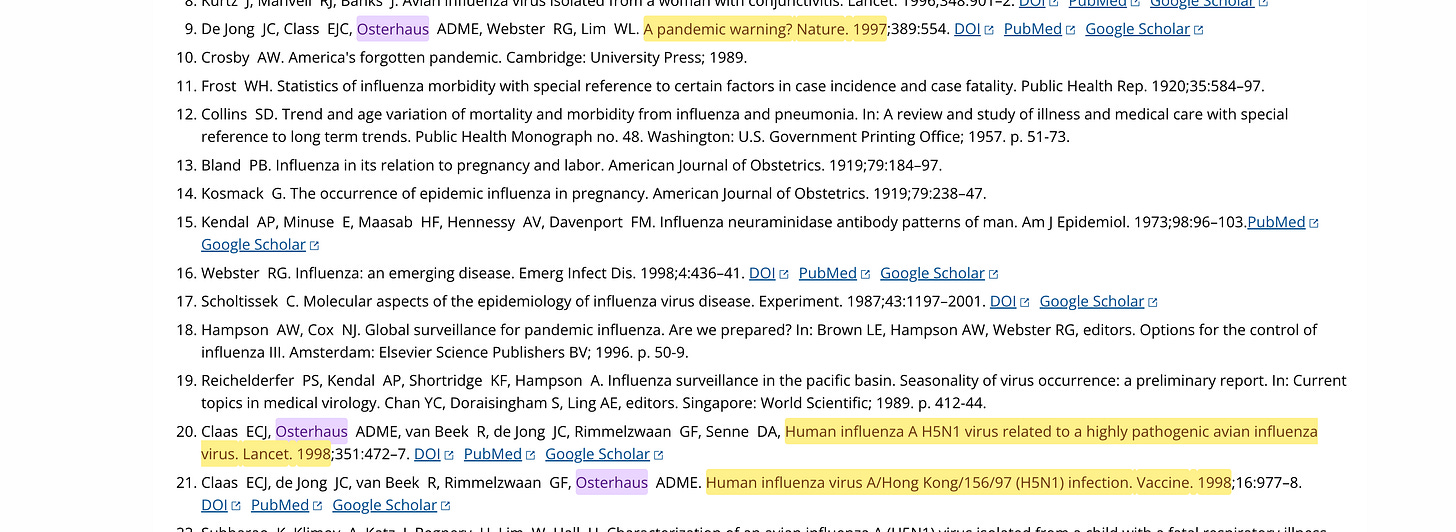



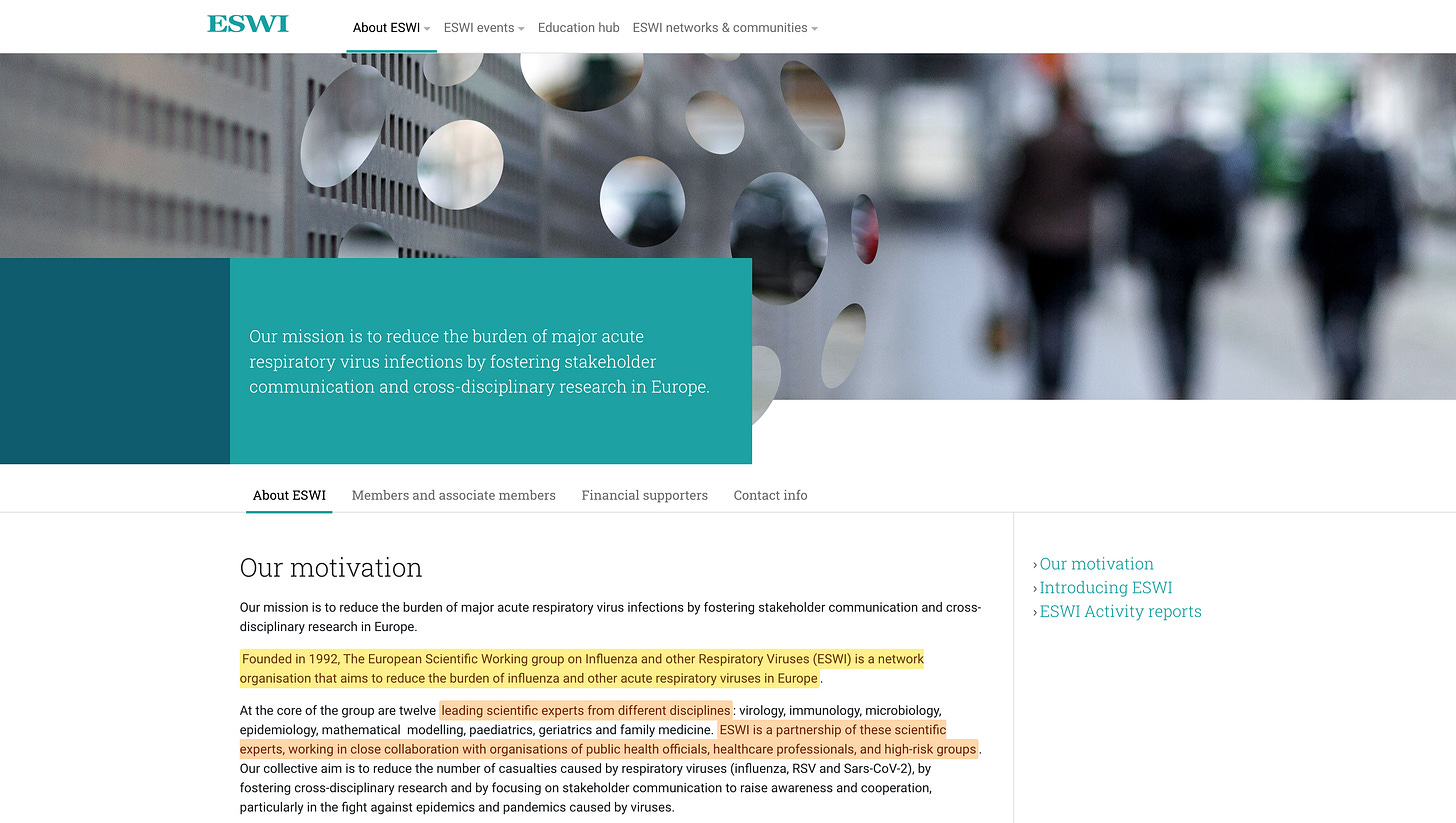













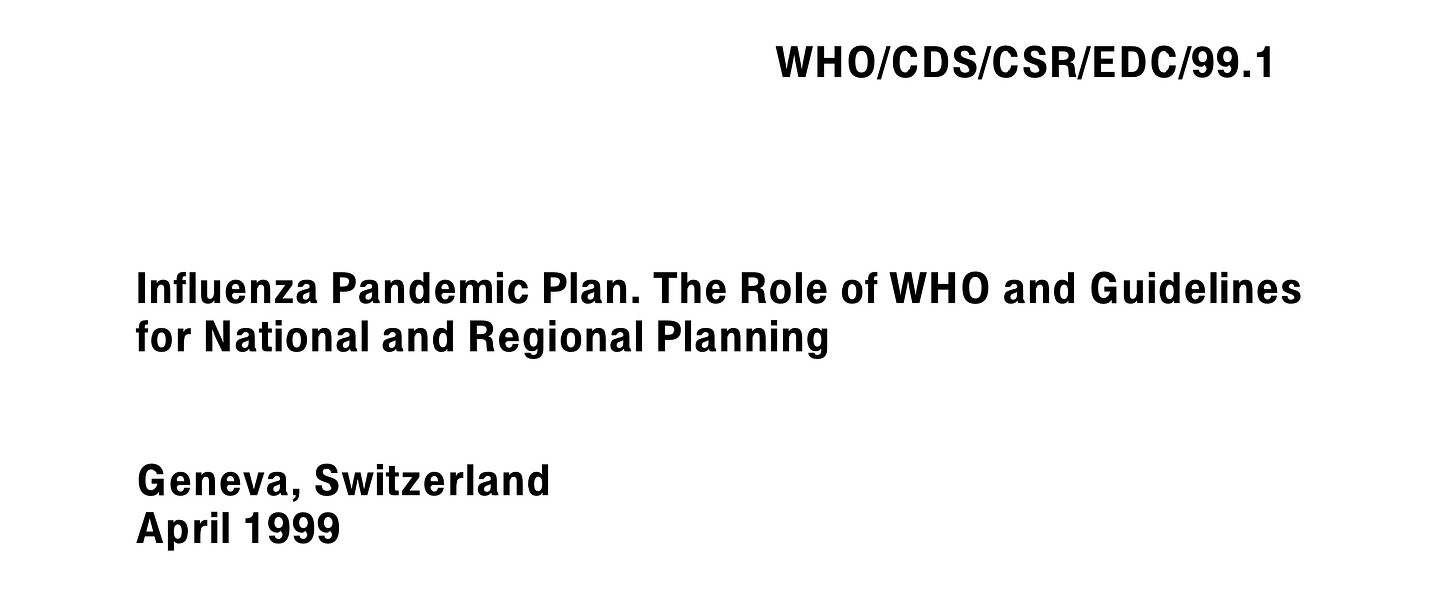




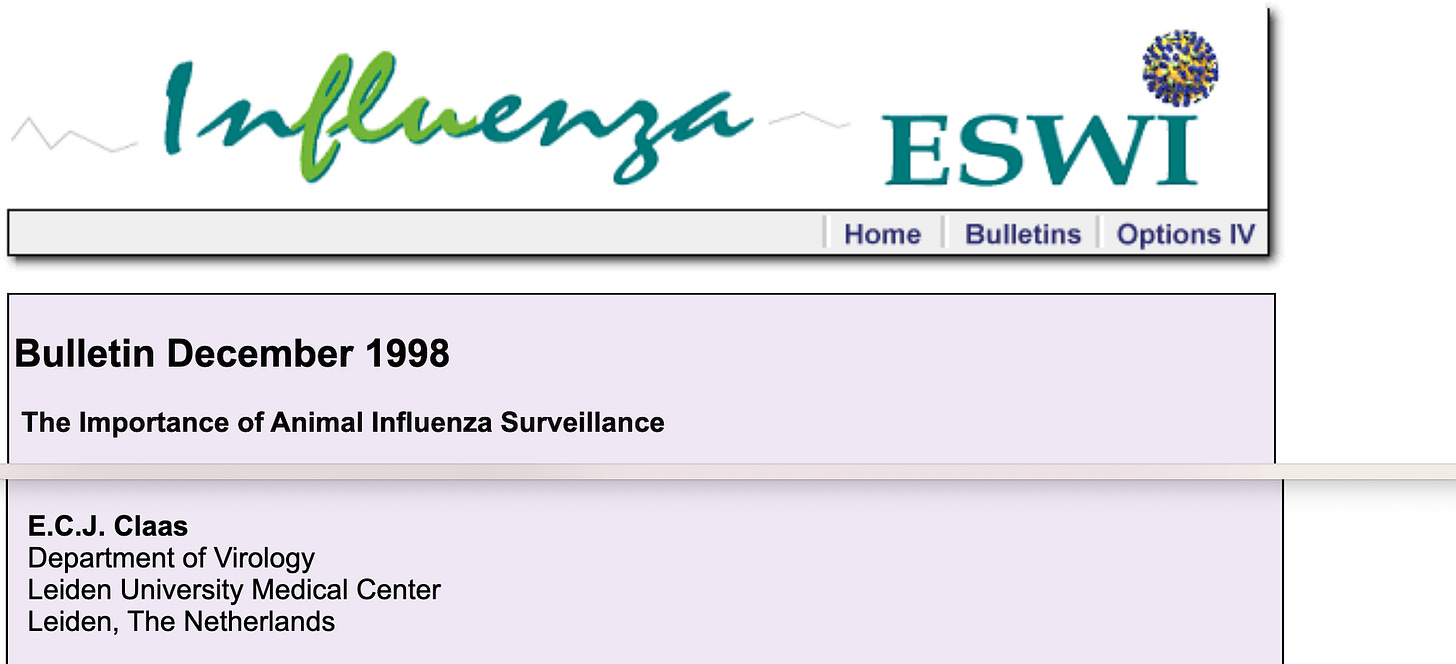









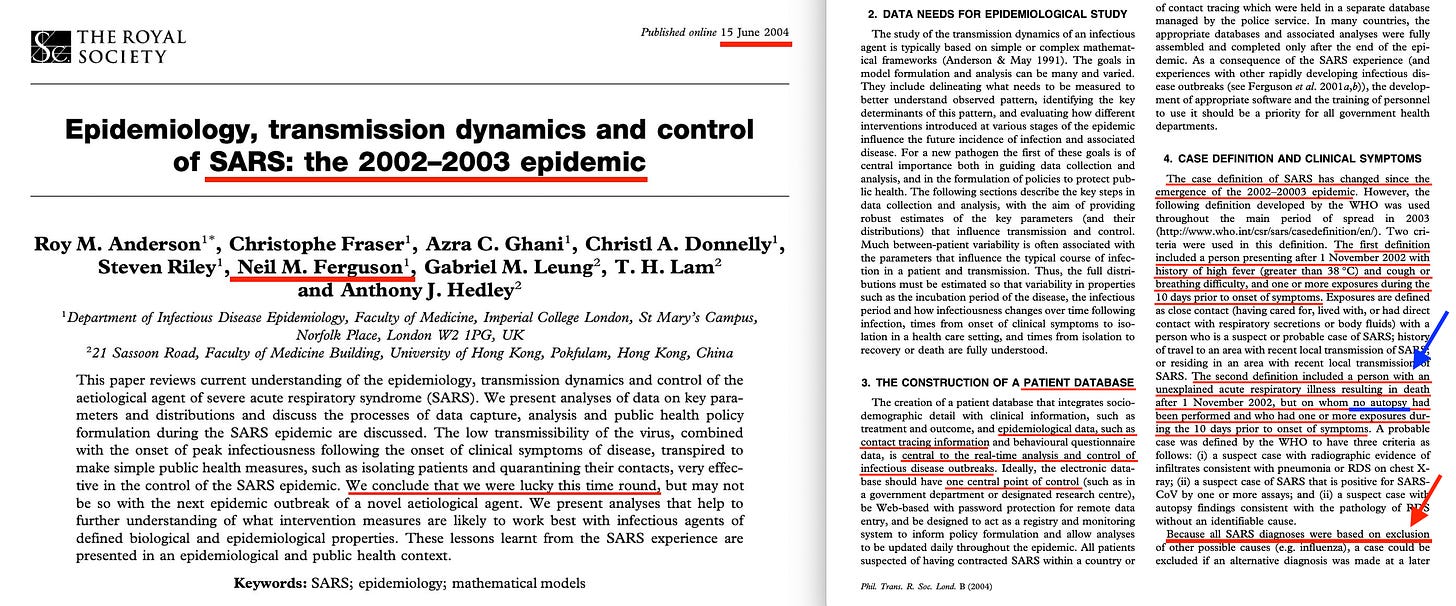


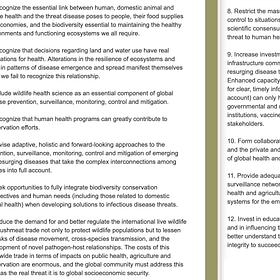
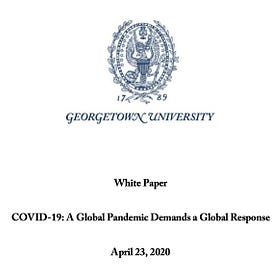
I started a pandemics graph, and added your article.
https://embed.kumu.io/9d161329729712d4d20ea36e87e62697
I have added a great deal of your research to my EcoHealth Alliance graph:
https://embed.kumu.io/a859459a61e5842c810e3884f19cd438
Thank you!